If you’re looking for a nutritious and delicious substitute for great northern beans, then look no further.
Several ingredients in your pantry are versatile enough to replace great northern beans and provide nutrition similar to those found in this legume.
So, if you’re on the hunt for a vegetable-based swap or just need some inspiration, we’ve got suggestions to help you get started!
This article will provide information about the best alternatives to this popular pantry staple that will help you spice up your recipes with ease.
What Are Great Northern Beans?
Great Northern beans are a type of white bean, known for their mild flavor and creamy texture.
They are most often used in soups and stews, but they can also be used as an ingredient in salads or served as a side dish.
Great northern beans have a high protein content and are rich in fiber, vitamins, minerals, and antioxidants.
Additionally, they are low-fat, cholesterol-free, and sodium-free.
These beans can be cooked in dry or canned form which makes them convenient to use in any recipe.
So, Great Northern Beans are an excellent choice for adding nutrition to your diet without compromising taste or ease of preparation.
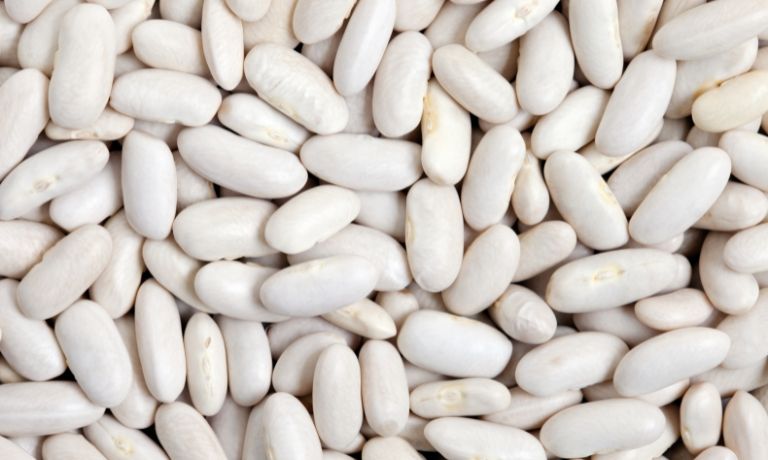
Substitutes For Great Northern Beans
Whether you prefer canned beans or dried ones, here are some of the best substitutes for great northern beans:
Cannellini Beans
Cannellini beans are a staple in Italian cuisine and are often used in pasta dishes and bean soups.
They have a creamier consistency than great northern beans, which makes them a perfect addition to dips, spreads, and mashed bean dishes.
Cannellini beans are a good source of protein, fiber, and minerals such as iron, potassium, and magnesium.
They also provide a good amount of plant-based omega-3 fatty acids, which are beneficial for heart health and can help reduce inflammation.
When substituting cannellini beans for great northern beans in recipes, following the same cooking times as specified in the recipe is best.
Doing so will ensure the beans are cooked properly and retain their texture and taste.
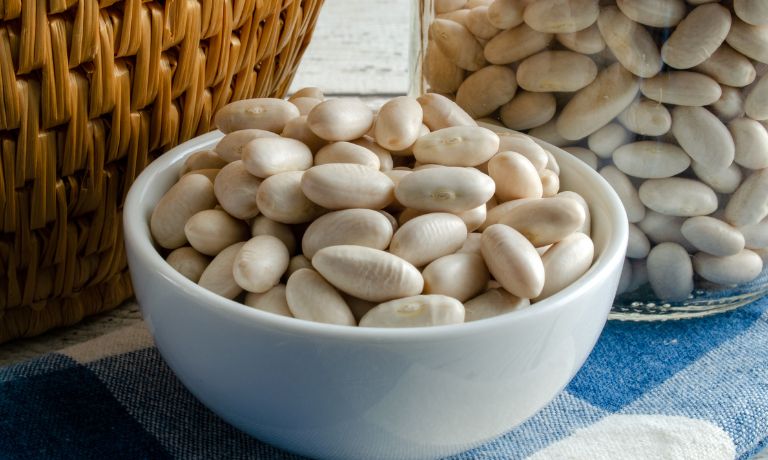
Pinto Beans
Pinto beans are another good substitute for great northern beans, although they have a slightly different flavor profile.
These speckled beans are a staple in Mexican cuisine and are most commonly used in chili, refried bean dishes, and as a side dish.
They have a firm texture and can hold their shape well, making them a perfect addition to salads and grain bowls.
Pinto beans are an excellent source of fiber, protein, and essential vitamins and minerals such as folate, iron, and magnesium.
Plus, pinto beans are rich in antioxidants, which may help reduce inflammation and protect against some diseases.
Pinto beans are a great substitute for great northern beans due to their similar flavor profile and nutrient content.
They can be used interchangeably in many dishes while providing additional health benefits.
For those looking for a more nutritious alternative to great northern beans, pinto beans can be a great option.
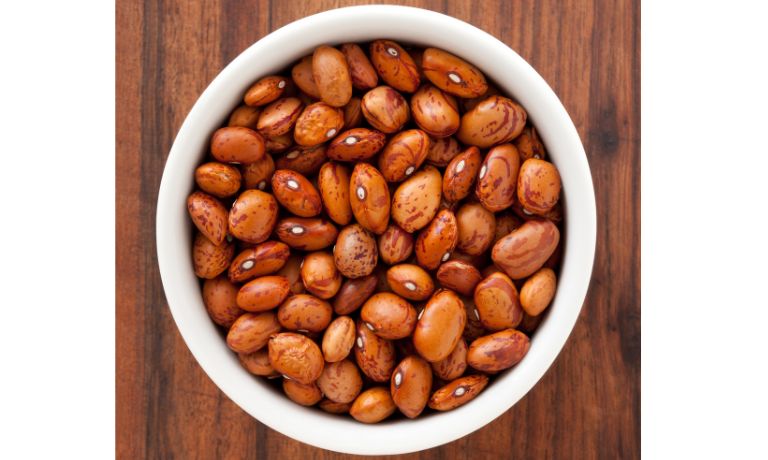
Lima Beans
Although not as commonly used as cannellini or pinto beans, lima beans are an alternative to great northern beans.
These buttery-flavored beans have a firm texture and can be used in stews, soups, and casseroles.
They are packed with nutrition and are a good source of protein, fiber, and vitamins such as folate, vitamin B6, and vitamin C.
Lima beans are also known to have anti-inflammatory properties that can promote heart health and reduce the risk of chronic diseases.
Additionally, these beans are high in carbohydrates and low in fat, making them a great substitute for great northern beans.
Therefore, if you’re looking to add more plant-based proteins to your diet without compromising on flavor or texture, lima beans are an excellent choice.
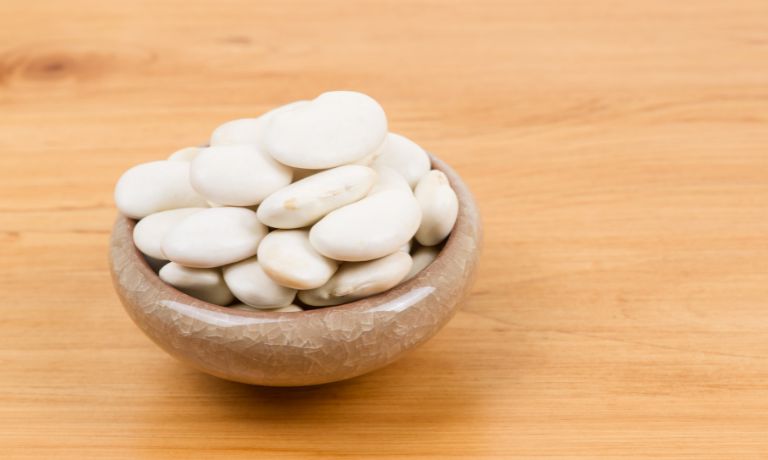
Black-Eyed Peas
Black-eyed peas, also known as cowpeas, are another alternative to great northern beans.
These beige beans are widely used in Southern cuisine and are most commonly used in Hoppin’ John, a dish made with black-eyed peas, rice, and spices.
They have a mild, nutty flavor and are also great in salads and dips.
Black-eyed peas are a good source of protein, fiber, and antioxidants such as vitamin C and beta-carotene.
They also contain vitamin B, minerals such as calcium, iron, and magnesium, and other essential nutrients.
For these reasons, they are often recommended as a healthy substitute for white or red beans when preparing meals.
They can be cooked in a variety of ways including boiling, steaming, stir-frying, and baking.
Black-eyed peas can also be used to make veggie burgers or vegan chili.

Chickpeas
Chickpeas, also known as garbanzo beans, have a nutty flavor and a firm texture that holds up well in soups and stews.
They are most commonly used in Middle Eastern cuisine and are often used to make hummus, falafel, and chickpea curries.
Chickpeas are packed with nutrients and are a good source of protein, fiber, and vitamins such as iron, folate, and vitamin C.
They are also low in fat and calories, making them a great substitution for great northern beans.
When cooked, chickpeas can be used in salads, casseroles, soups, stews, and other dishes.
In addition to their nutritional benefits, they are also relatively inexpensive compared to other legumes.
For those looking for an alternative to great northern beans with added health benefits and cost savings, chickpeas make an excellent choice.
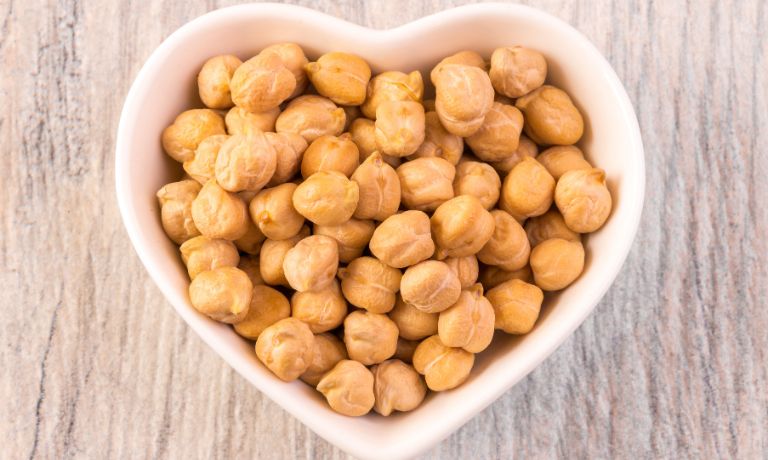
Navy Beans
Navy beans, also known as haricot beans, have a creamy consistency and can be used in soups, chilis, and stews.
They are an excellent source of fiber, protein, and vitamins such as folate, iron, potassium, and magnesium.
These beans are also high in antioxidants that can fight inflammation and boost the immune system.
Navy beans have a mild, earthy flavor and can be substituted for great northern beans in most recipes.
They are also easy to prepare and cook quickly; simply rinse them under cold water before using.
When cooked, they become very creamy and take on the flavors of whatever ingredients you add to your dish.
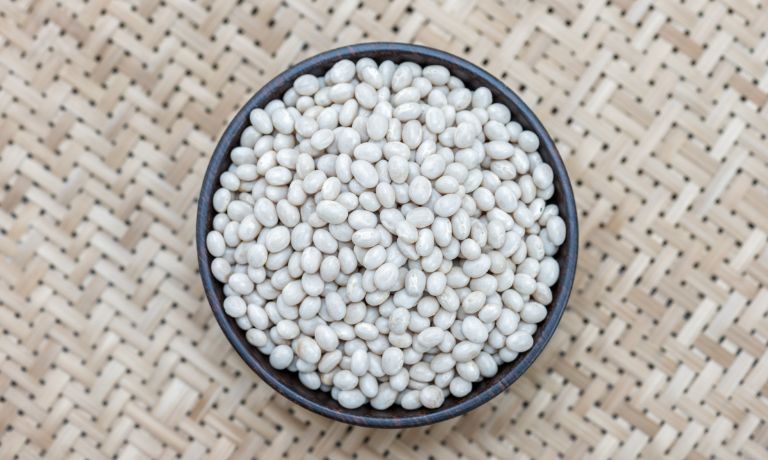
Red Kidney Beans
Red kidney beans are a popular substitute for great northern beans due to their similar size and texture.
These dark red beans have a mild flavor that pairs well with bold spices, making them perfect for chili and stew recipes.
They can also be used in salads, burritos, rice dishes, and other hearty meals.
Red kidney beans are an excellent source of protein, fiber, and minerals such as iron, magnesium, and potassium.
Eating these beans can help to reduce cholesterol levels, stabilize blood sugar, and prevent constipation.
Additionally, they boast many other health benefits such as improved digestion, lower risk of heart disease, and protection against cancer.
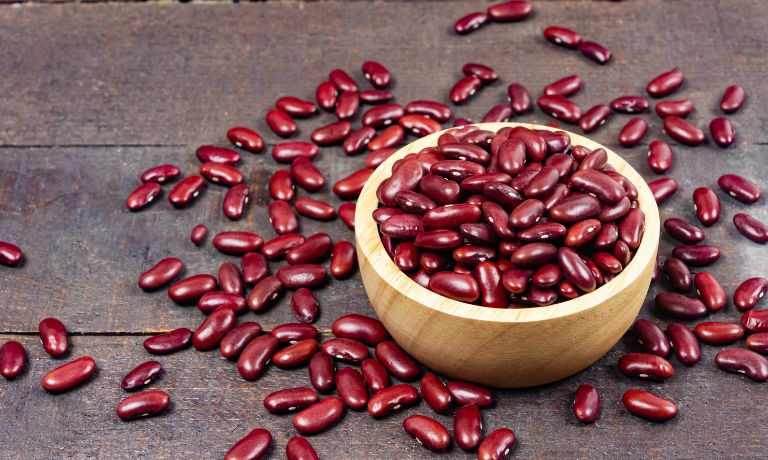
Fava Beans
These ivory-colored beans have a nutty, earthy flavor and can be used in soups, dips, salads, and side dishes.
They are packed with nutrients such as protein, fiber, and vitamins B6 and C.
Fava beans also contain antioxidants that may help reduce the risk of chronic diseases.
They are a great source of minerals such as iron, copper, and manganese.
When substituting fava beans for great northern beans, it is important to remember that they have a slightly stronger flavor which may affect the overall taste of the dish.
Additionally, fava beans must be peeled before they can be cooked or eaten raw.
This extra step makes them more time-consuming to prepare than other types of dried beans.
However, this extra effort pays off in terms of their unique flavor and texture which make them an excellent substitute for great northern beans.
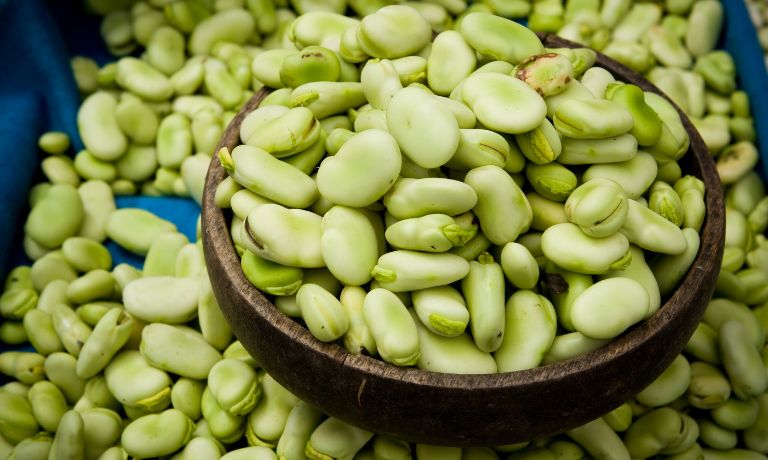
FAQs
What Are The Nutritional Benefits Of Great Northern Beans?
Great northern beans are a very good source of fiber, protein, and vitamins such as folate, iron, potassium, and magnesium.
They also contain antioxidants which can help reduce inflammation and protect against chronic diseases.
What Are The Best Substitutes For Great Northern Beans?
The best substitutes for great northern beans include navy beans, red kidney beans, and fava beans.
These substitutes have similar textures and flavors which make them suitable replacements in many recipes.
Additionally, they offer additional nutritional benefits such as fiber, protein, vitamins, and minerals.
Are Any Of These Bean Substitutes Easier To Prepare Than Great Northern Beans?
Navy beans and red kidney beans require less preparation than great northern beans since they do not need to be soaked prior to cooking.
Fava beans require more preparation time since they must be peeled before they can be cooked or eaten raw.
However, their nutty flavor makes them worth the extra effort!
Conclusion
Great northern beans are a pantry staple that can be swapped with other varieties in your pantry with ease.
Whether you prefer the substitute for great northern beans, you can easily substitute them in your favorite go-to bean recipes.
Each bean variety brings its unique flavor and nutritional profile to the table.
The next time you find yourself out of great northern beans, don’t hesitate to experiment with one of these bean varieties.
Who knows, you might find a new favorite bean sub that you’ll keep coming back to.

